Boosting your productivity doesn’t always mean buying new software or upgrading your hardware. Sometimes, it’s about discovering hidden settings on your computer that can make a big difference. From streamlining your workflow to reducing distractions, these little-known features can save you time and energy. You might already have access to these tools without even realizing it. Let’s explore 18 simple tweaks you can make today to work smarter, not harder.
Dark Mode for Reduced Eye Strain
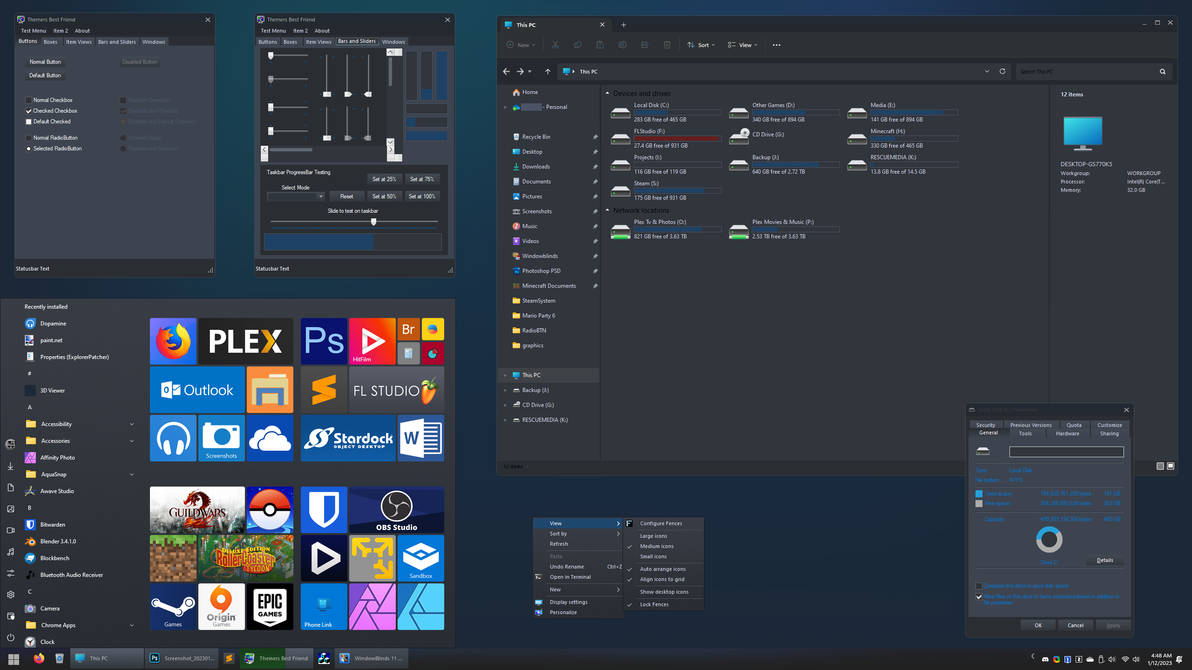
Switching to dark mode can make your screen easier on the eyes, especially during long work hours or in low-light environments. It reduces the amount of blue light emitted, which helps in preventing eye strain. Many operating systems and apps now offer this feature, so it’s easily accessible. The visual shift might also help you focus better since it minimizes harsh light contrasts. Overall, it’s a quick setting change that improves comfort and could boost your productivity.
Night Light for Healthier Sleep

The Night Light setting gradually adjusts the warmth of your screen colors to reduce blue light exposure. This can be particularly helpful if you work late at night and want to minimize the negative impact on your sleep cycle. You can set it to turn on automatically based on the time of day, ensuring you don’t forget to enable it. The warmer tones are easier on your eyes and help your brain wind down before bedtime. It’s a small tweak, but it can make a big difference in how well-rested you feel the next day.
Focus Assist to Minimize Distractions
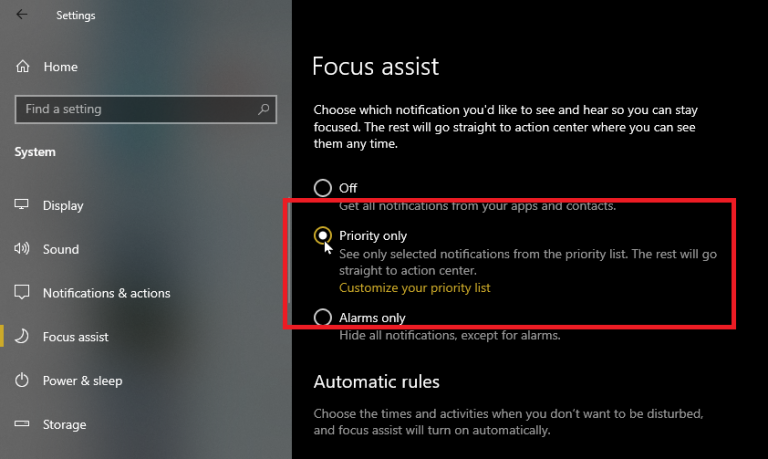
Focus Assist allows you to block notifications during work hours, so you can stay concentrated on important tasks. You can customize it to let only high-priority alerts through, or silence everything completely. This feature is perfect for cutting out unnecessary distractions, especially when you’re in the zone. It’s easy to toggle on and off, so you can quickly adjust it based on what you’re working on. With fewer interruptions, you’ll be amazed at how much more you can get done.
Snap Windows for Efficient Multitasking

Snap Windows is a feature that lets you organize multiple open applications by snapping them into place side by side. It’s incredibly helpful for multitasking because you can view and work on different tasks without constantly switching between windows. Simply drag an app window to the edge of your screen, and it’ll resize automatically. This setting makes managing your workspace more efficient and keeps your workflow smooth. It’s a great way to stay on top of things when juggling several projects at once.
Virtual Desktops for Organized Workspaces

Virtual desktops allow you to create multiple desktops for different tasks or projects. You can keep your work apps on one desktop and personal tasks on another, reducing clutter and mental overload. It’s easy to switch between these desktops, which helps you stay focused and organized. This feature is perfect for those who work on multiple projects throughout the day, offering a clear separation between them. Once you start using virtual desktops, you’ll wonder how you ever managed without them.
Power Saver Mode for Extended Battery Life

Power Saver Mode adjusts your computer’s performance settings to use less energy, which is a lifesaver when you’re working on the go. It dims your screen, reduces background activities, and slows down the processor just enough to extend your battery life without sacrificing too much performance. This setting can be automatically activated when your battery hits a certain percentage, so you don’t have to worry about running out of power. It’s especially handy during long meetings or when you’re working remotely with limited charging options. By using Power Saver Mode, you can keep working without interruption.
Clipboard History for Easy Access
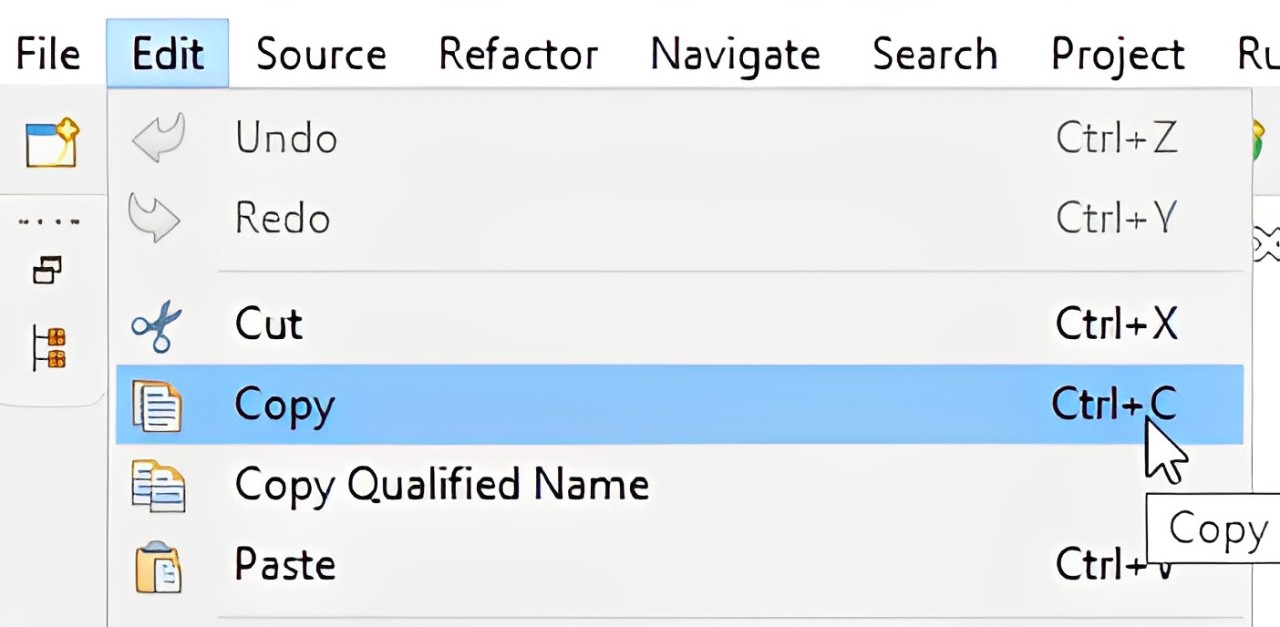
Clipboard history keeps a record of everything you’ve copied, allowing you to access past items instead of just the most recent one. This is a game-changer when you’re working on research or complex projects, as it saves time by letting you quickly retrieve previously copied text or images. You can activate it in your system settings and bring up your clipboard history with a simple keyboard shortcut. It’s an easy way to enhance efficiency, especially when managing multiple sources or documents. No more jumping back and forth to recopy information!
Storage Sense for Automatic Cleanups

Storage Sense automatically clears out temporary files, downloads, and trash that you no longer need, freeing up valuable disk space. You can set it to run on a schedule or trigger it manually when you’re running low on space. This setting keeps your system clean and running efficiently without you having to constantly manage storage yourself. It’s especially helpful if you work with large files like photos or videos, which can quickly eat up space. A tidier hard drive can also mean faster performance, making it easier to stay productive.
File Indexing for Faster Searches
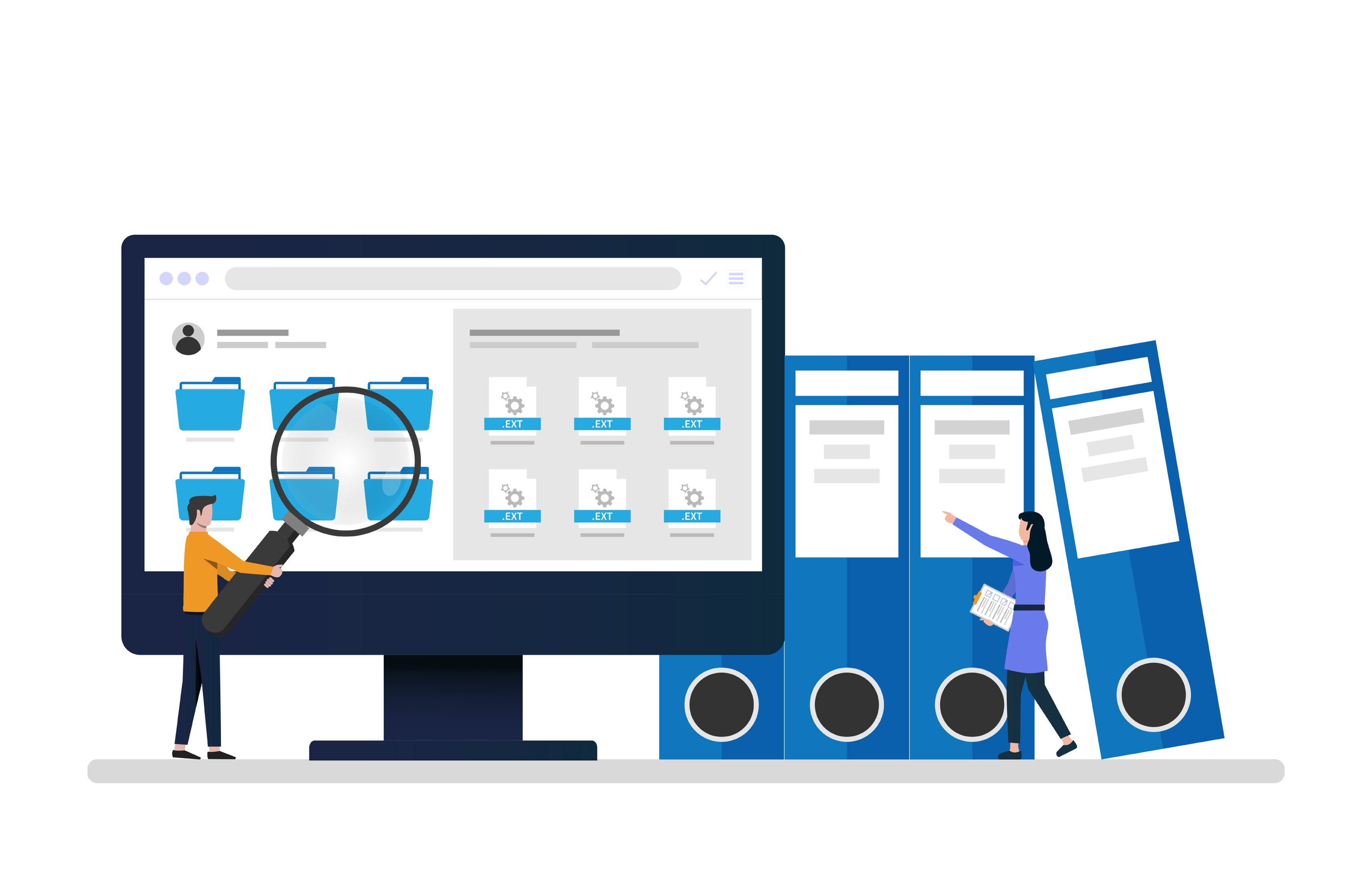
File indexing is a setting that helps your computer search for files more quickly by keeping a database of your documents, pictures, and apps. When it’s enabled, searches are faster because your system doesn’t have to comb through everything each time. This can be particularly helpful when you need to find files quickly in a busy workday. You can also customize what types of files get indexed, which can further optimize your searches. If you often find yourself digging through folders, this setting can save you valuable time.
Task Scheduler for Automated Tasks
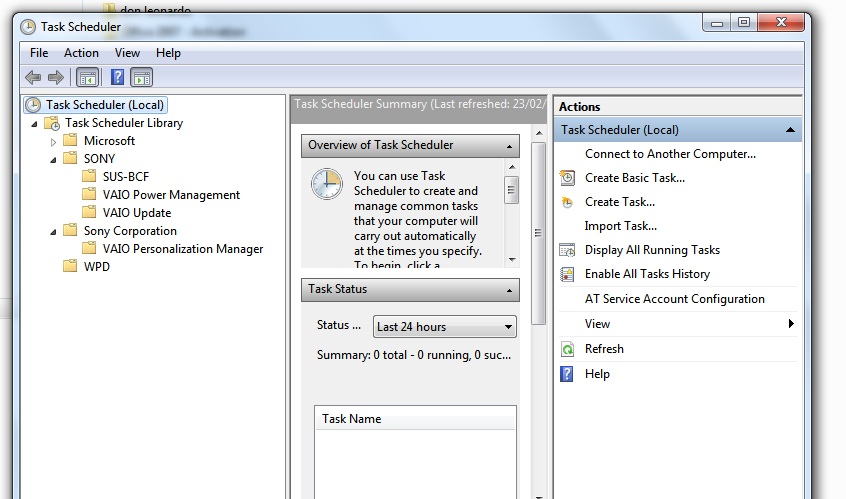
Task Scheduler lets you automate repetitive tasks like backups, updates, or running maintenance programs. You can set it up to run at specific times, ensuring these tasks get done without you having to remember. This feature is great for minimizing interruptions to your workflow since the scheduled tasks can run in the background. By automating routine jobs, you free up your brain for more important work. It’s a hands-off way to boost efficiency and ensure your computer runs smoothly.
Keyboard Shortcuts for Quick Navigation
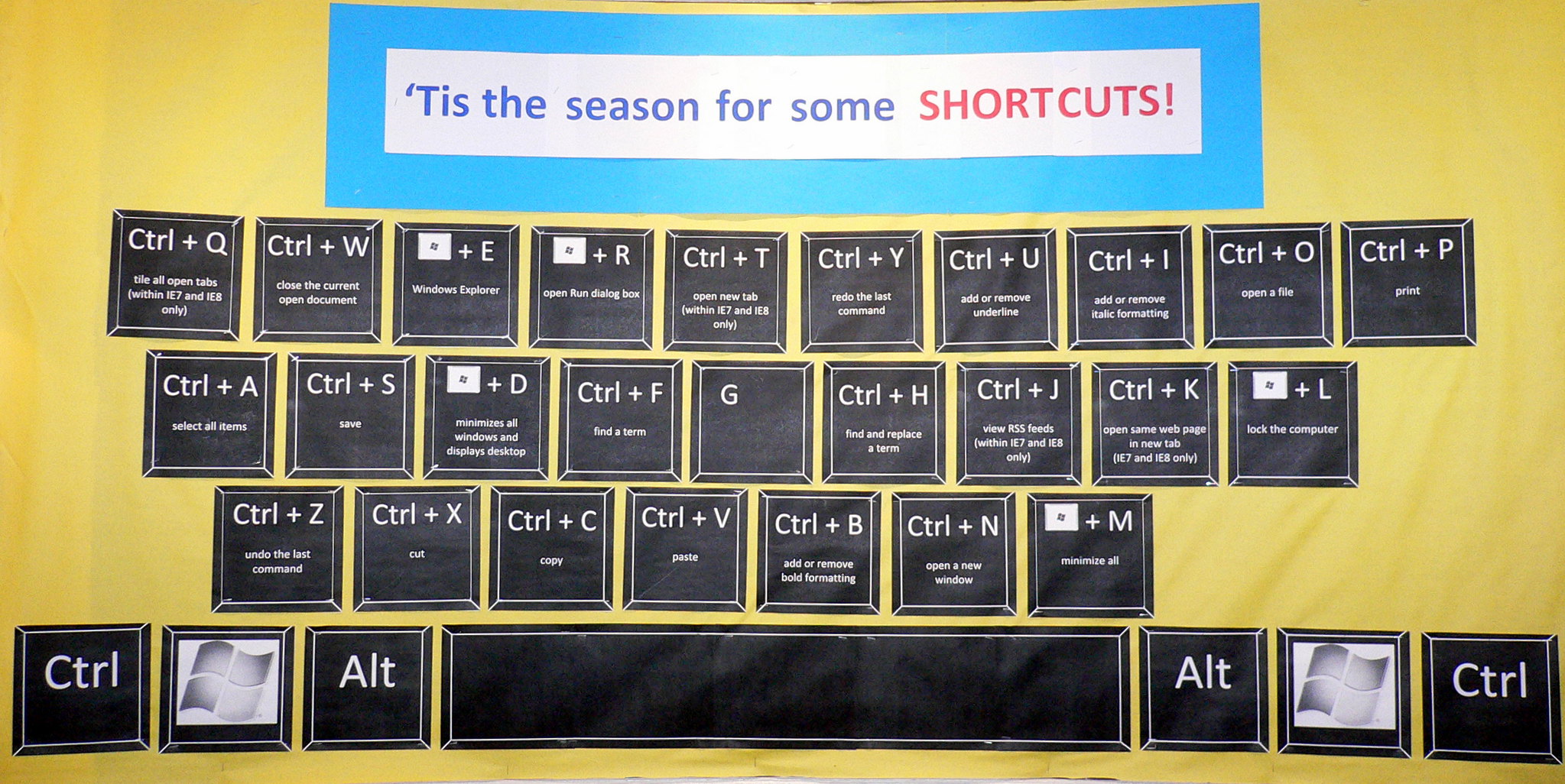
Keyboard shortcuts are one of the easiest ways to navigate your computer faster. Instead of relying on the mouse, you can use key combinations to perform actions like opening new windows, switching between apps, or copying text. Customizing these shortcuts for tasks you do often can shave minutes off your workflow. Once you get used to them, they become second nature and significantly speed up your productivity. A few keystrokes are all it takes to make your daily tasks much more efficient.
Startup Manager for Faster Boot Times
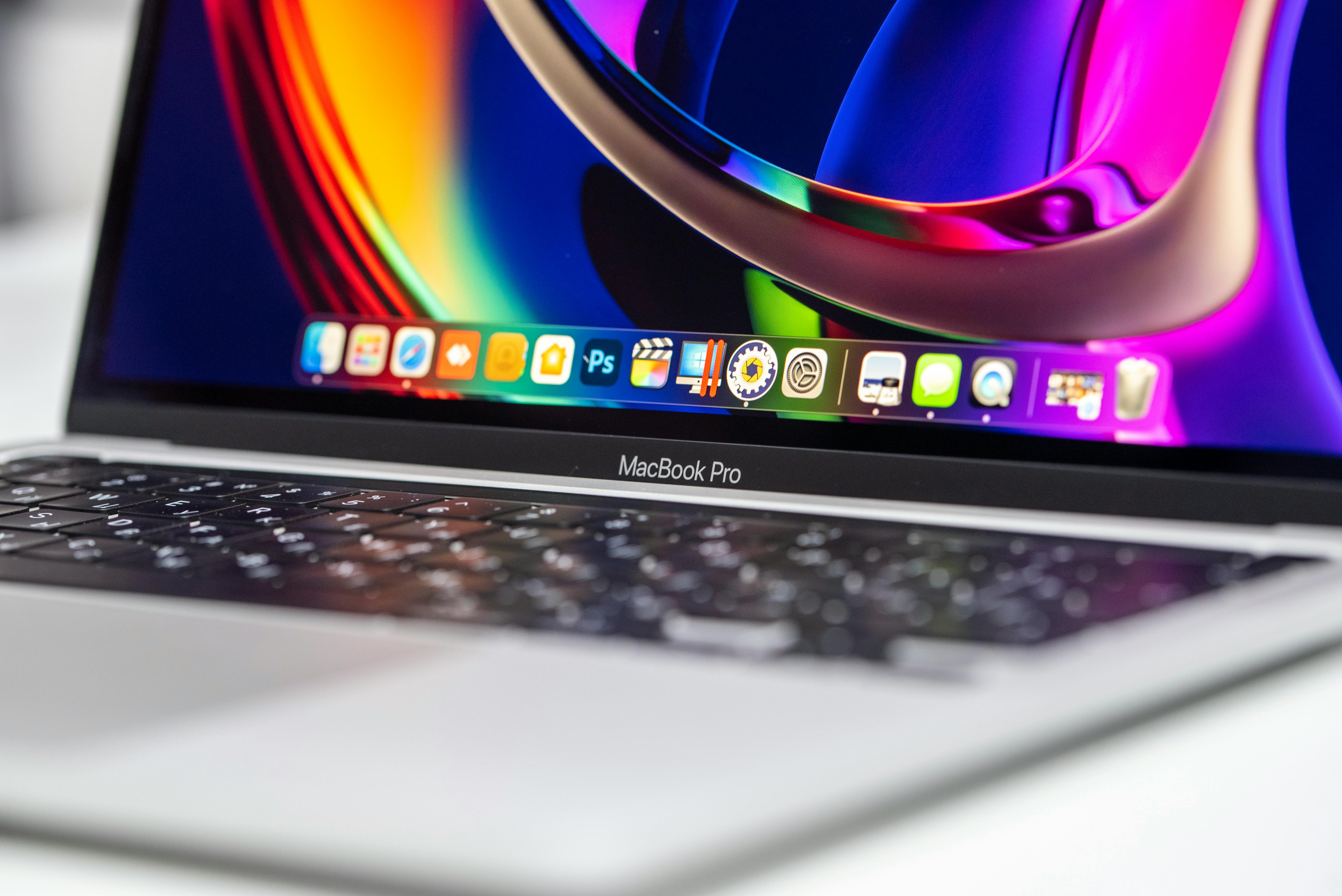
The Startup Manager lets you control which apps launch automatically when you start your computer. Many programs add themselves to your startup list, slowing down your boot time unnecessarily. By reviewing and disabling unneeded apps, you can get your computer up and running much faster. It’s a simple setting that gives you control over your machine’s performance from the moment you turn it on. A quicker boot means less waiting and more time spent getting work done.
Bluetooth Settings for Better Connectivity

Optimizing your Bluetooth settings can streamline connecting to wireless devices like headphones, keyboards, or printers. You can prioritize certain devices, making it easier to reconnect when you need them. This feature is especially useful if you frequently switch between multiple Bluetooth devices throughout your workday. Keeping your settings organized reduces pairing issues and improves connection stability. When your devices sync up smoothly, you can stay focused on your tasks without technical interruptions.
High-Performance Mode for Power Users

High-Performance Mode is a setting that pushes your computer’s processor and other components to work at full capacity. This is perfect for power users running demanding software like video editing tools or gaming. Enabling this mode ensures that your machine prioritizes performance over energy savings, making your system more responsive. While it uses more battery, the trade-off in speed can be worth it when you need your computer to perform at its best. It’s a useful option when you’re working on resource-heavy projects that require maximum efficiency.
Virtual Memory Adjustment for Smoother Multitasking
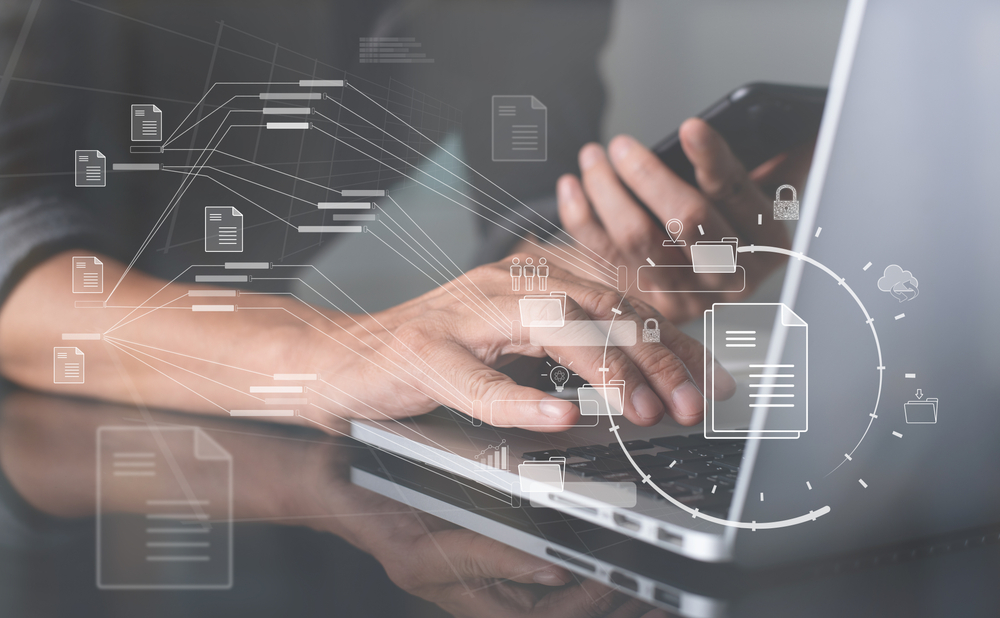
Adjusting your virtual memory allows your computer to use your hard drive space as extra RAM, which can help when you’re multitasking with many apps or working with large files. By increasing the virtual memory, you give your system more room to work with, which can reduce crashes or slowdowns. This setting is particularly useful for users who often push their computer’s limits with demanding programs. It’s a practical way to boost performance without upgrading your hardware. With smoother multitasking, you can keep working efficiently even with multiple apps open.
Mouse Sensitivity for Precision Work

Adjusting your mouse sensitivity can make a big difference in how you interact with your computer, especially for tasks that require precision, like graphic design or editing. Lowering the sensitivity gives you more control over small movements, while increasing it can make navigation faster. Customizing this setting can help you work more comfortably based on your specific tasks. Whether you need fine control or quick movements, tweaking your mouse sensitivity is a simple but effective way to enhance your productivity. The right setting ensures you’re working as efficiently as possible.
Display Scaling for Better Visibility
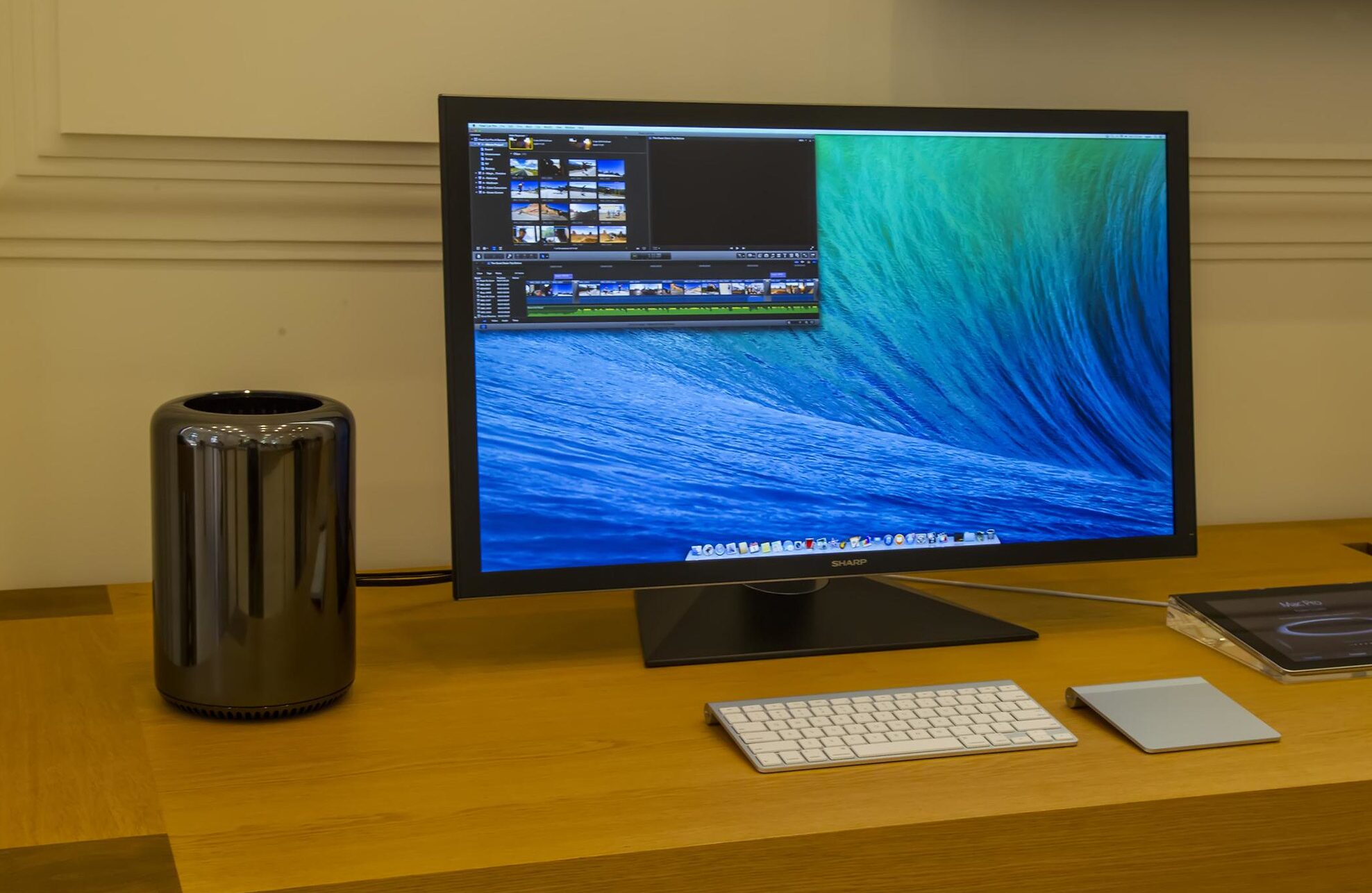
Display scaling lets you adjust the size of text, icons, and windows on your screen, making them larger or smaller based on your needs. This is especially useful if you work on a high-resolution display where things might appear too small. By scaling up, you can reduce eye strain and work more comfortably without sacrificing screen real estate. You can fine-tune this setting for different apps, ensuring everything looks just right. A well-scaled display helps you focus on the task at hand instead of squinting or struggling with tiny text.
App Permissions for Enhanced Security
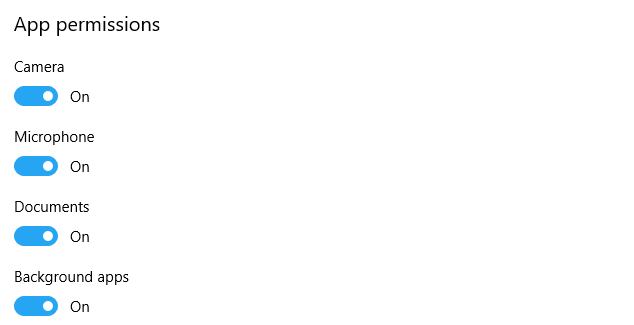
Managing app permissions allows you to control what information and functions different apps have access to on your computer. By regularly reviewing these settings, you can protect your data and ensure apps are only accessing what’s necessary. It’s an easy way to boost security while keeping your system running smoothly. If you limit unnecessary permissions, you may also see an improvement in performance, as fewer apps will be working in the background. Staying on top of this setting helps you work efficiently and securely.
This article originally appeared on UnifyCosmos.
More from UnifyCosmos
21 Everyday Items You’d Be Shocked You Can’t Bring on a Plane
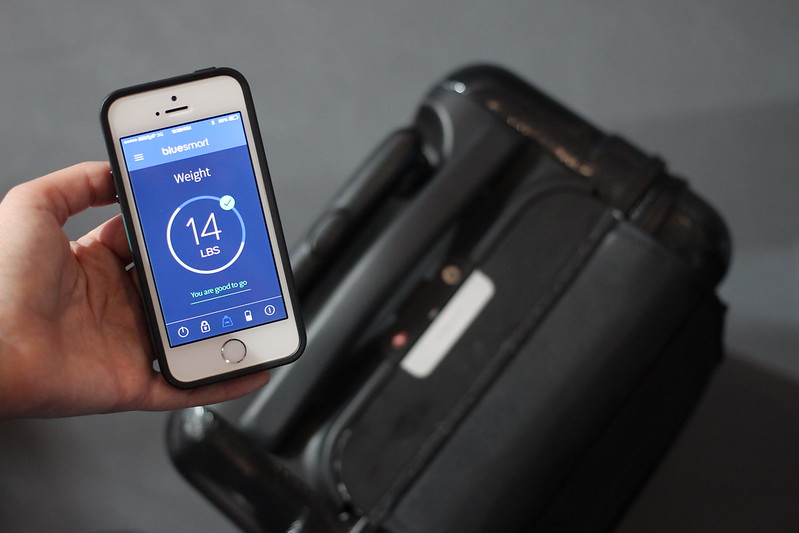
Packing for a flight can be tricky, especially when it comes to what you can and cannot bring on board. While most travelers know the basics, some prohibited items might surprise you. Read More
20 Budget-Friendly Vacations That Offer a Luxurious Experience

Dreaming of a luxurious getaway without breaking the bank? Discover these low-cost travel destinations that offer all the opulence and relaxation of high-end vacations. Read More
15 Revived Shoe Styles That Are Trending This Season

Fashion has a way of coming full circle, and this season is no exception. Many classic shoe styles have made a comeback, updated with modern twists that keep them fresh and relevant. Read More
Leave a Reply